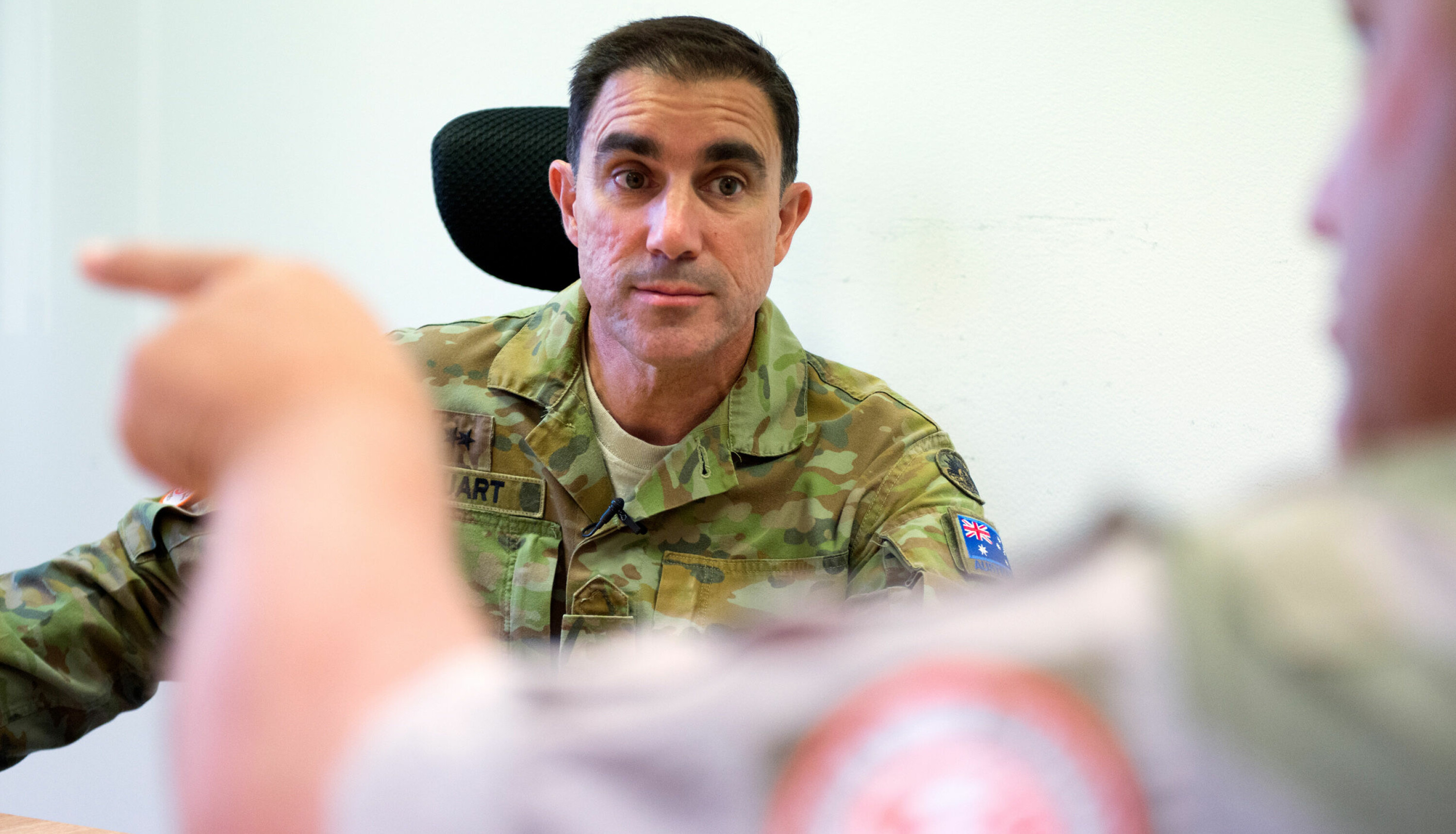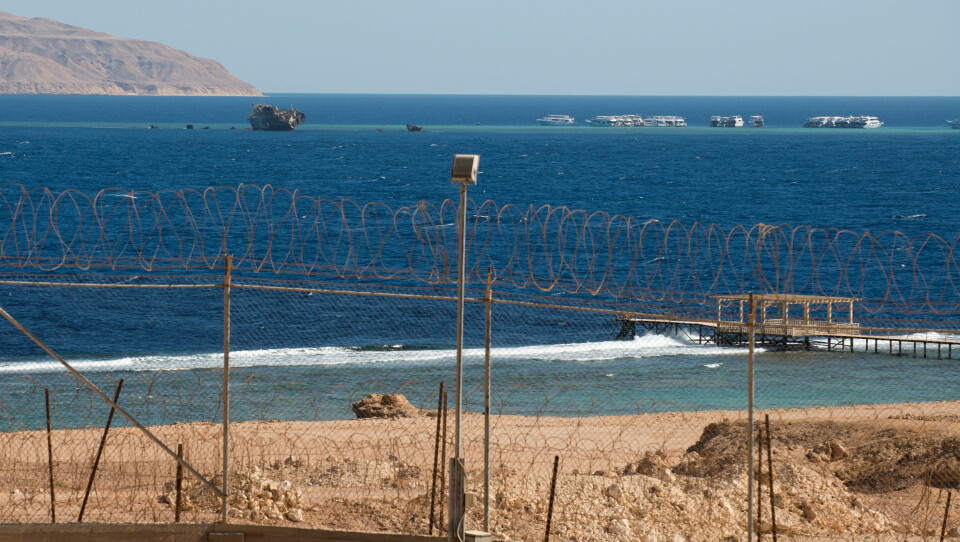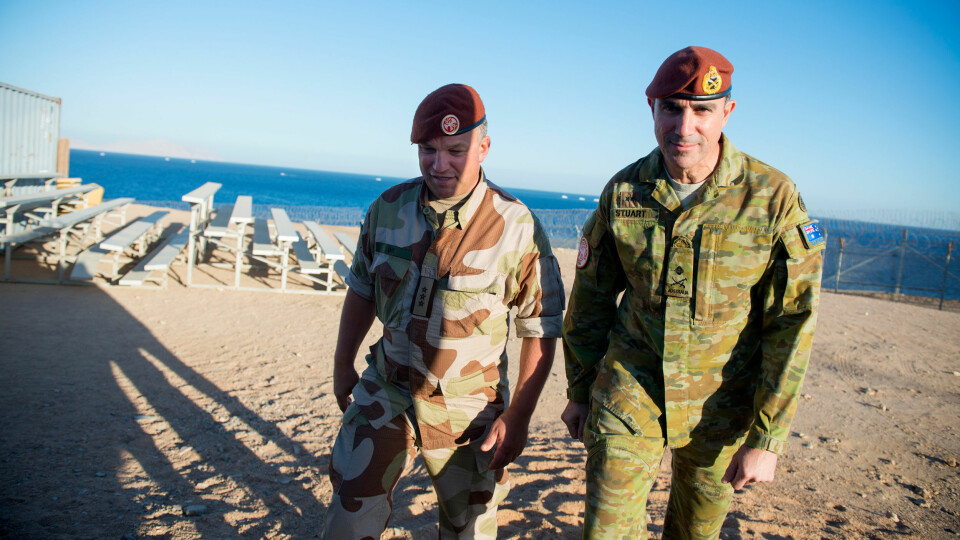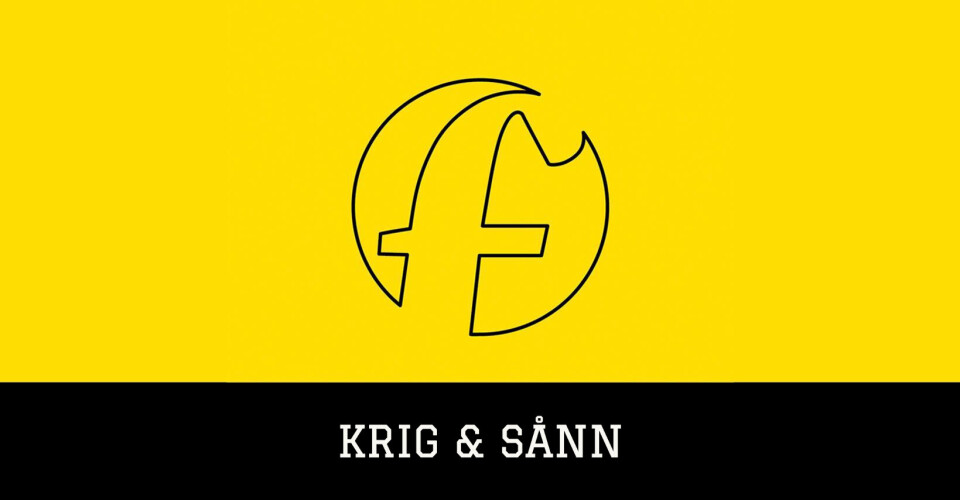«There are areas in North-Sinai where we cannot put people on the ground»
Australian Force Commander Simon Stuart.
SINAI, EGYPT: Fear of extremism affects how the international forces on Sinai operate, but we still do our job, says Force Commander Simon Stuart.
Fear of extremism affects how the international forces on Sinai operate, but we still do our job, says Force Commander Simon Stuart.
– We have had 40 years of peace on Sinai. That must be seen in context with the 30 years before, from 1948 to 1978 during which Israel and Egypt fought five wars. In my opinion, that is a stark measure of success for the MFO, Simon Stuart says.
READ NORWEGIAN VERSION!
In 1978, Egypt and Israel signed a USA-initiated peace treaty. Four years later, the Multinational Force and Observers (MFO) was established. The MFO has two main roles on Sinai today, according to Stuart. One is to contribute to transparency. The MFO observes, verifies and reports to both treaty partners what the other treaty partner is doing in relation to their responsibilities and obligations. Secondly, the MFO facilitates dialog.
– Those key roles were there at the outset. They are the same roles and functions that MFO continue to provide today. What has changed is the environment in which we operate, says Stuart.
The Australian Major General took office in 2017. A year earlier, the MFO decided to move its headquarters and withdraw large parts of its force from North Sinai to Sharm el-Sheikh in South Sinai. The decision was triggered by threats directly targeted towards the MFO and an increase in kinetic activity in North Sinai. Egyptian forces are regularly in battle with Wiyalat Sinai (WS), a jihad group that has claimed allegiance to ISIL.
– There is no doubt that a degraded security situation has had an impact on how the MFO operates. There are areas – mainly confined to the North East corner of Sinai – where we cannot put people on the ground. However, we are still able to fulfil our obligations. We use alternative measures, such as aerial observation.
– Why is there a need for the MFO on Sinai today?
– What is the value of the MFO? It is pretty simple – and compelling. The cost of peace is far less and by far preferable to the alternative. The treaty also has a stabilising effect in a region where there are not many other examples of stability.
– What measures has the MFO taken to improve force protection?
– The MFO is very different from other theatres of war where countries contribute troops. That requires a different approach. Therefore we have made a number of significant changes so that we can get the job done with minimal risk. We shifted our balance from north to south. We are making our remote sites and operative bases more robust. We use control points, smart fences, cameras and optics. We are well served. The US has contributed a significant amount of force protection, similar to what we can find in other theatres. To match that, we have done a comprehensive review of all aspects of force protection. We practise regularly, and we do risk assessment. If the risk on a mission is not acceptable, we do not go.
– What is the biggest advantage of the MFO?
– In my opinion, it is the will for peace from both treaty partners. We have peace in its forth decade. That is evidence of the will to achieve peace.
– What is the MFO's greatest challenge?
– To be able to understand the environment we operate in. We need to adapt to changes and must work to maintain support from our donor countries. We understand that national budgets are stretched. Participation is a matter choice. We have had strong donor support for a long period. That is a great indicator of the importance of the mission.
– How does the public on Sinai perceive the MFO?
– I hope we are seen as relevant, impartial and able to adapt.
– Do you have any indication as to public perception having changed as a result of a degraded security situation?
– I think many perceive the job as being more difficult than it used to be. They are right. That is a consequence of violent extremism. So, what do we do about that? The answer to that is that we continue to observe, verify and report. And we ask four questions – every day: Are we getting the mission done? Are we achieving that with acceptable and minimal risk? Are we good stewards of the resources provided? Are we enabling the MFO to have success in the future?
– How often do you answer yes to all four?
– If the answer to the first or second question is a no, we have failed. It is not acceptable to place our people or our resources at risk. If the third question is a no, we have also failed. We are entrusted with taxpayer's dollars. We have an obligation to make sure that those resources are spent properly.
– In the North East you have «no boots on the ground». What is the consequence of no MFO-presence in parts of Sinai?
– Our observers operate five missions. One of these missions has been more difficult in the last 12 to 18 months. Even though we have not been able to observe from the ground, we are supervising this area from the air. Thus, we do what is required. We hope that violent extremism will disappear from the region, but that will take time.
























